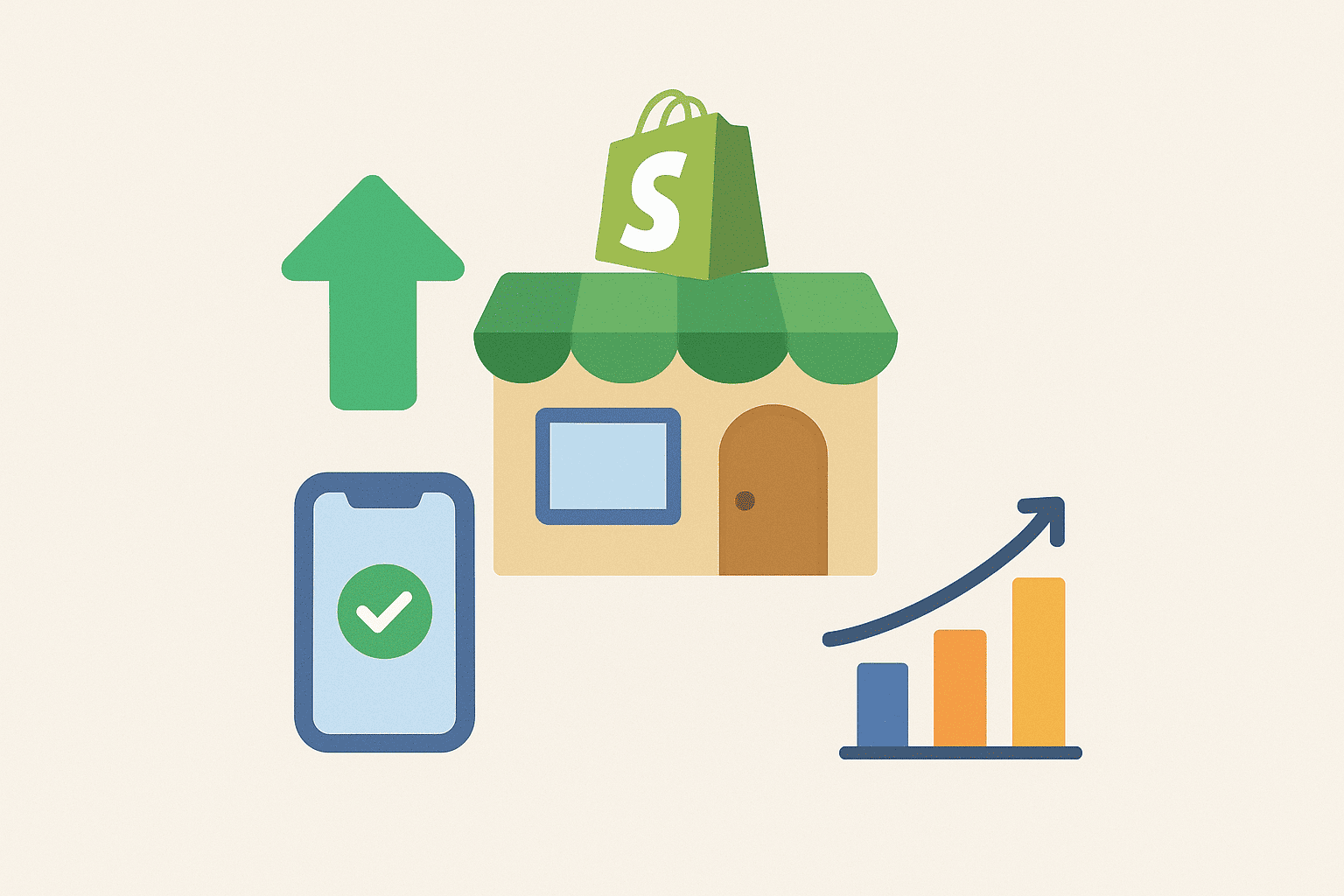How to Flag Problematic Customers in Shopify: Effective Strategies and Apps

Managing customer returns is an integral part of running a successful Shopify store. While returns are a normal part of ecommerce, customers who frequently return worn or used items can significantly impact your business. This guide provides practical strategies and app solutions to help you manually flag problematic customers and automatically display these flags on your order page. Implementing these solutions can help you better manage your returns and maintain a healthier bottom line.
Solutions to Flag Customers
1. Using Shopify’s Customer Tags
Description:
Customer tags are a straightforward way to label and categorize customers directly within the Shopify admin panel.
Implementation:
Tagging the Customer:
- Navigate to the customer’s profile in Shopify.
- Add a tag like problematic_customer or return_flag.
Viewing Tags on Orders:
- Shopify’s order pages can display customer tags. In the order details, you’ll see the customer’s tags, making it easy to spot flagged customers.
Advantages:
- Easy to set up and use.
- No additional cost.
Limitations:
- Limited functionality compared to third-party apps.
- Manual process for adding tags.
2. Using Shopify Flow (For Shopify Plus)
Description:
Shopify Flow is an automation tool available for Shopify Plus merchants, allowing you to automatically tag customers based on specific triggers.
Implementation:
- Create a Flow:
- Set up a flow that triggers when an order is placed.
- Add a condition to check if the customer has a specific tag (like problematic_customer).
- If the condition is met, automate actions like notifying staff or adding a note to the order.
Advantages:
- Fully automated and integrated with Shopify.
Limitations:
- Only available for Shopify Plus users.
3. Using Third-Party Apps
There are several apps in the Shopify App Store that can enhance customer management and flagging capabilities:
a. Customer Tags and Segments
Description:
This app helps automate the tagging of customers based on specific criteria, such as order history or return frequency.Features:
- Automatically tag customers when they meet certain conditions.
- View tags directly on order pages.
Advantages:
- Automation, easy to manage, integrates with order pages.
Limitations:
- Additional cost, may require initial setup time.
b. Order Tags and Notes
Description:
This app allows you to add custom tags and notes to orders based on customer tags or other criteria.Features:
- Automatically add notes or tags to orders if a customer is flagged.
- Easily visible on the order page for quick reference.
Advantages:
- Customizable and automated.
Limitations:
- Additional cost, setup required.
c. Customer Fields
Description:
Allows you to create custom fields and notes for customer profiles.Features:
- Add specific notes to a customer’s profile that can be viewed on orders.
- Search and filter customers based on custom fields.
Advantages:
- Flexible and detailed customer management.
Limitations:
- May be more complex to set up, additional cost.
4. Manual Notes on Orders
Description:
If automation is not crucial, you can manually add notes to each order as they come in.
Implementation:
- Adding Notes:
- On the order page, click on More actions > Add order note.
- Enter your note regarding the customer’s previous behavior.
Advantages:
- No additional tools or apps needed.
Limitations:
- Manual process, less efficient for large volumes of orders.
Steps to Implement
1. Identify Criteria for Flagging:
- Define the specific criteria for flagging a customer, such as return frequency or types of returns.
2. Choose a Flagging Method:
- Decide whether to use tags, notes, or a third-party app based on your store’s needs and budget.
3. Setup and Configuration:
- If using an app or automation tool, install and configure it according to your criteria.
- For manual methods, train your team on the process for adding tags or notes.
4. Monitor and Adjust:
- Regularly review the flagged customers and adjust criteria as necessary based on changing customer behavior.
Summary
Flagging problematic customers in Shopify can be effectively achieved through a variety of methods, including customer tags, automated workflows with Shopify Flow, or third-party apps designed for customer management. By setting up an efficient system, you can quickly identify and review orders from these customers, helping you to better manage your store’s returns and customer service processes.
Implementing these strategies will not only streamline your order management process but also help you maintain a healthier relationship with your customers by addressing and managing issues proactively.




